Enterprise’s comments on specialized inspection: Part 4: Refer to some models in the world
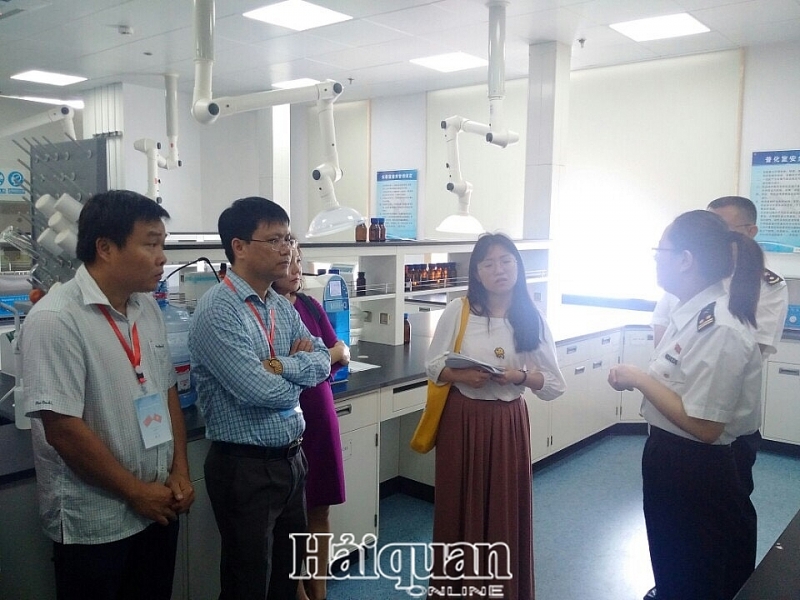 |
| Inside a supervision laboratory of Chinese Customs. Photo: Hoang Anh Vinh |
The purpose of goods inspection by customs authorities in most countries of the world is not only clearly identifying goods names, HS codes, categories, quantity and weight, origin, value and labels, but ensuring the quality and standards of goods, food hygiene and safety, issued by ministries and agencies for import and export goods before customs clearance. The goods inspection results according to the above criteria and contents are grounds for the Customs authority to decide goods release.
China: Customs authority is solely responsible for import and export goods
Before April 20, 2018, import and export goods are required to go through two processing systems: the General Administration of Customs of the People's Republic of China (GACC) and the General Administration of Quality Supervision, Inspection and Quarantine (AQSIQ). AQSIQ is responsible for quality inspection under all mandatory criteria for China’s import and export goods.
From April 20, 2018, China merged AQSIQ into the General Administration of China Customs. Accordingly, the GACC is solely responsible for managing import and export goods. It is the first hub at the border gate to carry out control, quarantine, food safety and quality inspection for import goods into China as a groundsfor customs clearance. Since June 2018, the GACC has integrated customs clearance of goods system and AQSIQ into a single system for handling customs clearance of import and export goods. This reform aims to unify a management agency, reduce clearance time, facilitate trade, reduce costs for enterprises.Instead import and export enterprises had to carry out procedures at two agencies as before. With such a merger, procedures only go through one single window; the clearance time has been reduced by at least 50%. After the merger, the number of Chinese Customs officers increased from 60,000 to 100,000.
Chinese border gates are strongly invested and modernized. Many national border gates and main border gates have spacious infrastructure, fully meeting conditions for the customs authority to performstate management of customs and to conduct specialized inspection according to the requirements and criteria promulgated and widely publicized by ministries and agencies. The method, model and measures that the Chinese Customs use to conduct the specialized inspection are included in a professional line of import and export goods clearance.
In addition, in order to minimize the specialized inspection at border gates, especially for agricultural commodities, China Customs has cooperated with some Chinese companies and organizations to conduct goods inspection during the production process or before loading. Accordingly, for goods imported to China, if they have been inspected by companies or organizations cooperating with the GACC at the production establishments and met the import criteria of China, they will be granted the certificate and/or labeled before being loaded onto containers for export to China. Therefore, the clearance time at China's border gates for agricultural commodities isshortened and procedures donot overlap. In addition, China also conducts international agreements with other countries’ authorities to promote cooperation and ensure the requirements of hygiene and safety, quality of goods imported to China, especially agricultural and fishery products.
United States: A unified inspection mechanism at border gates
Before 2002, all inspections at border gates were conducted by various agencies such as the United States Immigration and Naturalization Service under the Department of Justice inspected immigration, the United States Customs Service under the Department of Finance conduct customs inspection and the United States Department of Agriculture Animal and Plant Health Inspection Service performs inspections of animals and plants. After November 9, 2011, these functions were transferred when the Department of Homeland Security was established. The United States reorganized the 2003 law enforcement apparatus at border gates under the President's reform plan deployed by the Department of Homeland Security, the Customs Service was renamed Customs and Border Protection (CBP) and were legislated in 2015.
Currently, the United States maintains a unified inspection mechanism at border gates and a single focal point as CBP, which is responsible for inspecting people, animals, plants, goods and shipments upon import. Established to address and combat threats at the US border, CBP enforces customs and trade laws as well as inspects all passengers' luggage, means of transport and shipments imported to the United States at huge trade volume going through all over 300 entry points across the United States. In 2018, CBP processed more than US$3,000 billion in trade turnover and collected about US$44 billion from imported taxes and fees.
Regarding licensing for import and export goods, CBP cooperates with 49 partner agencies in handling import goods but works closely with 22 other partner agencies (under the Departments of Agriculture, Trade, Defense, Health and Civil Services and Home Affairs, Justice, Foreign Affairs, Transport and Treasury) in receiving and inspecting licenses and inspecting import and export shipment under granted licenses.
Customs inspection activities of CBP are aimed at ensuring effective circulation of legal goods and preventing goods or people illegally entering the United States. CBP and its partner agencies play a key role in the seizure of illegal weapons, drugs, contraband, pests and germs that enter the United States. Goods inspection by CBP includes both visual and/or physical inspection. If there is a need to conduct physical inspection, CBP officers in any field are trained and authorized to take samples, and send them to partner agencies for testing.
| According to the General Department of Vietnam Customs, from the quality inspection models of some countries in the world, many lessons have been learned. Firstly, the quality inspection model for import and export goods needs to be based on the principles of facilitating trade while ensuring compliance with national laws, ensuring the regulatory role of Customs in customs clearance of goods. Specifically, import and export enterprises are responsible for the quality of import and export goods; the level and method of goods quality inspection are based on the principles of risk management and the level of law compliance of enterprises; the list of goods subject to inspection during customs clearance must be clear, transparent and consistent in describing the name and HS code; there must be cooperation on recognition of quality and safety of import and export goods; IT application to connect state management agencies to import and export activities. Secondly, the quality control model must comply with international commitments, especially commitments of the WTO and free trade agreements. Thirdly, the quality control model satisfies simple and effective requirements, enhances inspection and control of high-risk goods, and has reasonable, clear and transparent assignment among participants including Customs authority, ministries and designated conformity assessment organizations. Fourthly, in most models, the customs authority is the focal point for the implementation of specialized inspection of import and export goods. Thus, the model reform according to the principles applied by countries will greatly reduce unnecessary administrative procedures, reduce clearance time, improve the efficiency of state management and improve compliance of enterprises, thereby contributing to improving the competitiveness of the economy. (Source: Project Drafting Committee). |
Part 5: Many associations agree on unifying one focal point
Related News
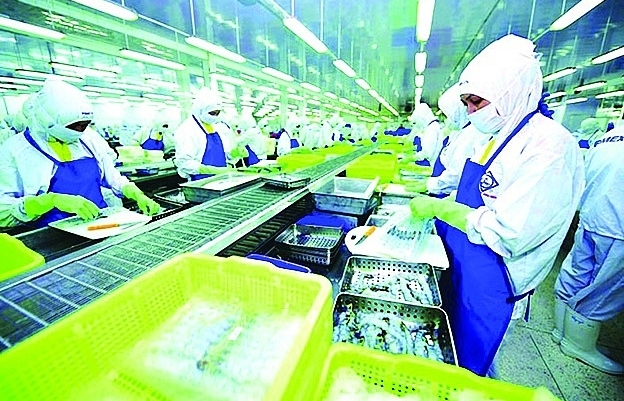
Seafood exports increase competitiveness through quality
10:24 | 09/12/2024 Import-Export

Goods trading, being seen from Lang Son border gate
13:45 | 28/11/2024 Customs

7 key export groups bring in US$234.5 billion
13:54 | 28/11/2024 Import-Export
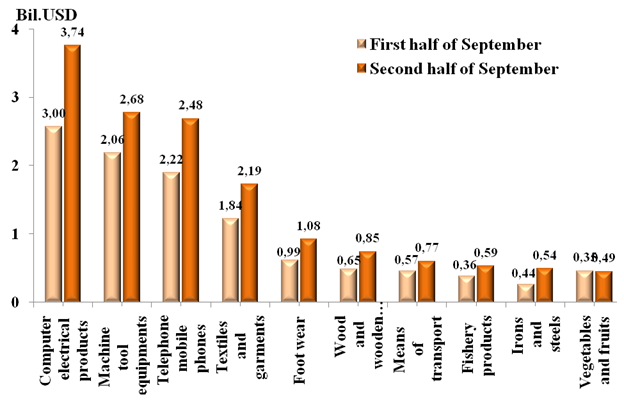
Preliminary assessment of Vietnam international merchandise trade performance in the second half of September, 2024
09:21 | 20/11/2024 Customs Statistics
Latest News

Seafood exports expected to exceed $10 billion in 2025: expert
20:28 | 21/12/2024 Import-Export
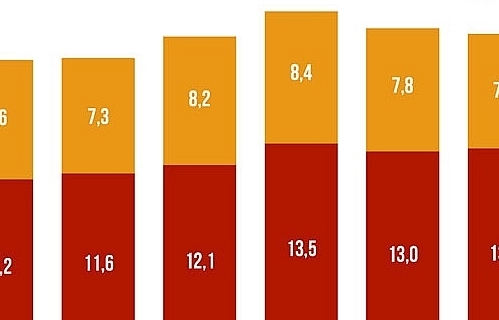
Top 10 Reputable Animal Feed Companies in 2024: Efforts to survive the challenges of nature
18:30 | 21/12/2024 Import-Export

Vietnam's import-export surges 15.3%
09:44 | 20/12/2024 Import-Export

More Vietnamese firms interested in Saudi Arabia: Ambassador
09:43 | 20/12/2024 Import-Export
More News

“Give and Take” in the Value Chain of the CPTPP Market
09:30 | 20/12/2024 Import-Export

Binh Dinh province works to attract investment from Japan
15:44 | 19/12/2024 Import-Export

Agricultural, forestry and fishery exports “reach the target” early
15:20 | 19/12/2024 Import-Export

Thailand remains Vietnam’s biggest trading partner in ASEAN
15:35 | 18/12/2024 Import-Export

Rubber value soars in 2024: VRA
15:33 | 18/12/2024 Import-Export
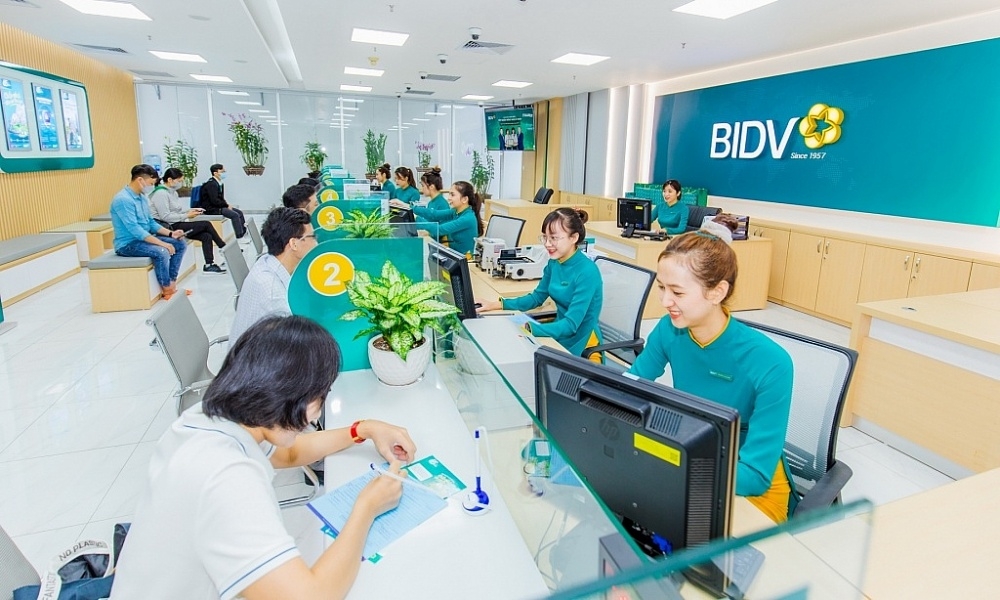
Vietnamese businesses struggle to access green finance
09:58 | 18/12/2024 Import-Export

E-commerce: a gateway to boost Vietnamese commodities in the UK market
16:55 | 17/12/2024 Import-Export

Agro-forestry-fisheries exports top 62 billion USD in 2024
16:51 | 17/12/2024 Import-Export
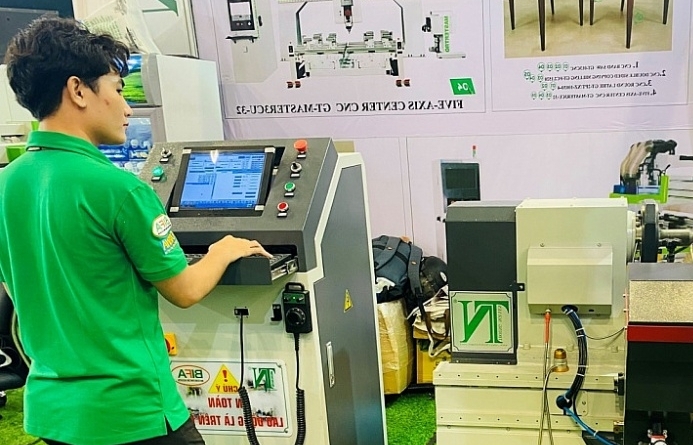
Removing “bottlenecks” for digital transformation in industrial production
10:00 | 17/12/2024 Import-Export
Your care

Seafood exports expected to exceed $10 billion in 2025: expert
20:28 | 21/12/2024 Import-Export

Top 10 Reputable Animal Feed Companies in 2024: Efforts to survive the challenges of nature
18:30 | 21/12/2024 Import-Export

Vietnam's import-export surges 15.3%
09:44 | 20/12/2024 Import-Export

More Vietnamese firms interested in Saudi Arabia: Ambassador
09:43 | 20/12/2024 Import-Export

“Give and Take” in the Value Chain of the CPTPP Market
09:30 | 20/12/2024 Import-Export




